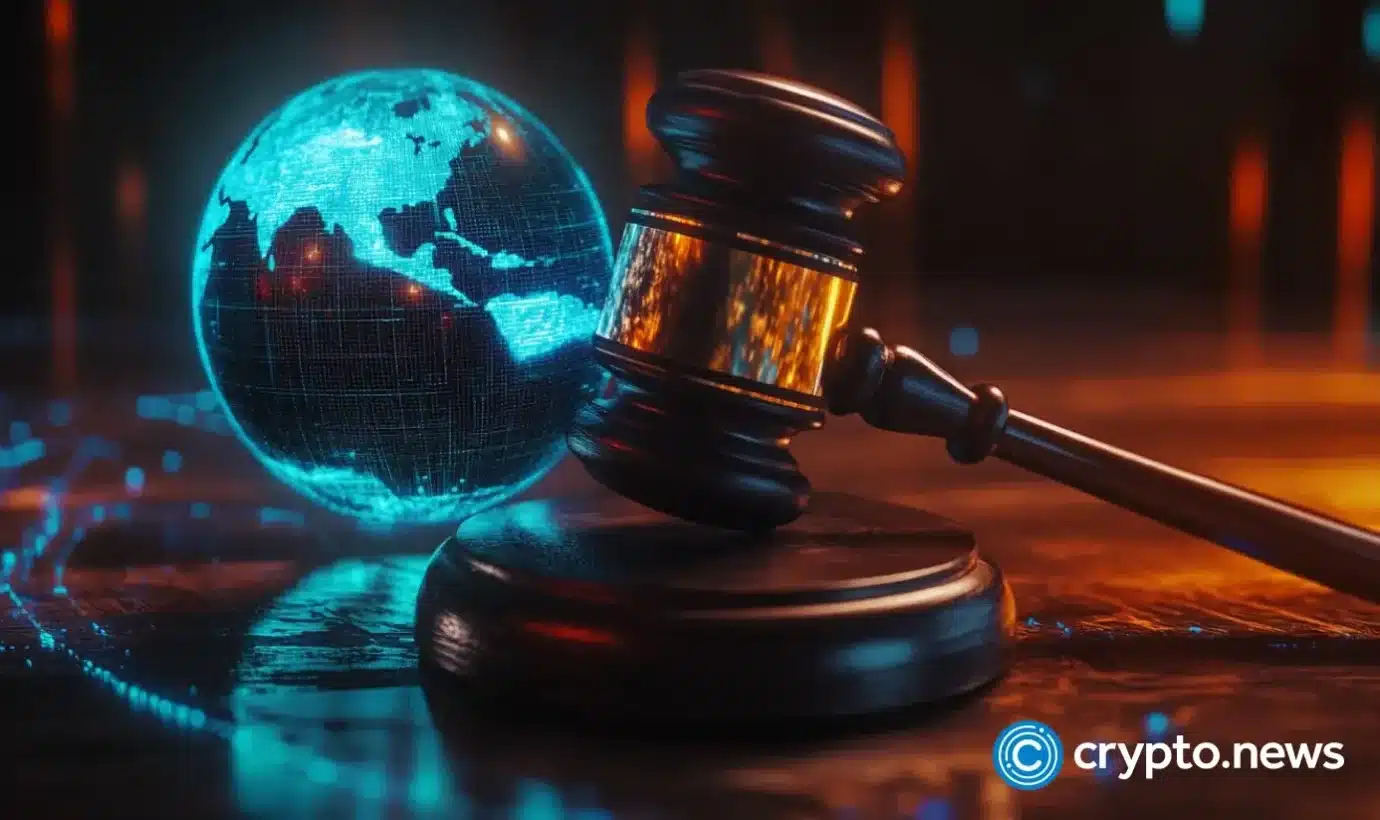Imagine a world where everyday investors can own a part of underground oil reserves or a share in a skyscraper with the click of a button. This is the promise of tokenizing real-world assets—a technology poised to unlock trillions of dollars in traditionally illiquid markets like real estate, commodities, and infrastructure. However, while this innovation is set to revolutionize global finance, the regulatory frameworks needed to support it are often being outpaced by the rapid developments in this space.
Security tokens, such as those representing RWAs like property, commodities, or oil and gas, have the potential to transform how we invest, but they also come with strict regulations that need to be followed.
The growing market for tokenized assets
According to the Boston Consulting Group and World Economic Forum, the tokenized asset market is expected to reach 16 trillion by 2030. Another report suggested that the market value for tokenized assets could soar up to $10 trillion in a ‘bull case’ scenario or $3.5 trillion in the ‘bear case’ by 2030. This projection covers a wide range of real-world assets, from real estate to commodities like oil and gas, and demonstrates the growing appetite for fractional ownership models that allow everyday investors to participate in markets that were previously the domain of institutional players.
Yet, for all its promise, the road to tokenizing these assets is paved with regulatory hurdles.
The challenges of fragmented regulations
Specifically, one of the primary challenges facing tokenization today is the fragmented nature of regulatory frameworks across different jurisdictions. While some countries, such as Liechtenstein and Switzerland, have developed clear regulatory structures for security tokens, many other key markets remain ambiguous or lag behind in defining how tokenized assets fit into existing securities laws.
For instance, the European Union’s Markets in Crypto-Assets Regulation, set to roll out fully by 2024, provides some clarity on how certain digital assets, including tokenized securities, should be regulated across the bloc. This kind of regulatory framework is crucial for establishing investor confidence and ensuring that these new financial instruments adhere to established legal norms. However, MiCA’s approach, while promising, is still limited geographically, and global markets remain fragmented. Moreover, there is ongoing debate within the legal community about the interpretation and implementation of MiCA, particularly regarding its application to tokenized assets, underscoring the complexity of aligning regulatory frameworks with the rapid pace of innovation.
In other regions, regulatory ambiguity is more pronounced. In the United States, the Securities and Exchange Commission has signaled that many tokenized assets fall under its jurisdiction as securities. However, a lack of definitive rulings on specific tokens has left many in legal limbo, unsure of whether they comply with US securities law. This uncertainty poses a significant challenge to global interoperability—an essential feature for the widespread adoption of tokenized assets.
The role of compliance and security
The regulatory uncertainty surrounding security tokens is not just an issue of compliance but also one of security. Blockchain technology promises greater transparency and security, with tokenized assets recorded on an immutable ledger that can be easily audited. However, these benefits hinge on ensuring that the platforms facilitating tokenization are compliant with anti-money laundering and know-your-customer regulations.
A key consideration for tokenization platforms is following financial rules set by local and global authorities. To do this, many platforms use private blockchain systems or permissioned blockchain models to track who is using them and prevent illegal activities like money laundering. However, the lack of standardization across jurisdictions creates significant friction for cross-border transactions, a key value proposition for the tokenization of global assets.
Additionally, ensuring the security of the blockchain infrastructure and the underlying assets remains a top priority. The potential for hacking, fraud, or mismanagement of tokenized assets could undermine the credibility of this emerging market. For tokenization to gain traction, particularly among institutional investors, robust security measures, transparency and compliance are essential.
Opportunities for innovation in regulatory sandboxes
Despite these challenges, tokenization platforms are already finding success by collaborating with regulators in regulatory sandboxes—controlled environments where they can test innovative financial products. In places like Singapore, the United Kingdom, and Switzerland, regulatory sandboxes have provided a testing ground for blockchain projects, allowing developers to identify compliance issues before full market deployment.
For instance, Switzerland’s SIX Digital Exchange has successfully issued tokenized bonds in a fully compliant manner, demonstrating how traditional securities can be brought onto the blockchain. In May 2024, SDX issued a CHF 200 million digital bond in collaboration with the World Bank, further showcasing how traditional securities can be brought onto the blockchain while adhering to regulatory standards.
In Singapore, the Monetary Authority of Singapore’s regulatory sandbox has enabled projects like BondEvalue, which has tokenized government bonds, to test their platforms under regulatory supervision. In 2023, BondEvalue rebranded as BondbloX and expanded its platform, allowing bonds to be traded in smaller denominations and making bond investments more accessible to retail investors. These examples show that innovation and compliance can work hand-in-hand, laying the foundation for a more secure and accessible market for tokenized assets.
A path forward: Collaboration and global standards
Ultimately, the future of tokenizing real-world assets will depend on global collaboration between regulators, developers, and investors. Security tokens offer a tremendous opportunity to reshape how we view and access traditional assets, but this can only be realized if the regulatory landscape evolves in tandem with technological innovation.
A unified global regulatory framework may be the ideal, but in the short term, clearer guidelines from national regulators and further development of international standards like MiCA are essential. Moreover, establishing interoperability between blockchain platforms could ease cross-border compliance, enabling tokenization to reach its full potential in a decentralized global economy.
For now, as both opportunities and challenges in tokenizing RWAs come into sharper focus, businesses must tread carefully. The winners in this space will be those who embrace both innovation and compliance, striking the right balance as the market continues to mature.
Tổng hợp và chỉnh sửa: ThS Phạm Mạnh Cường
Theo Crypto News
